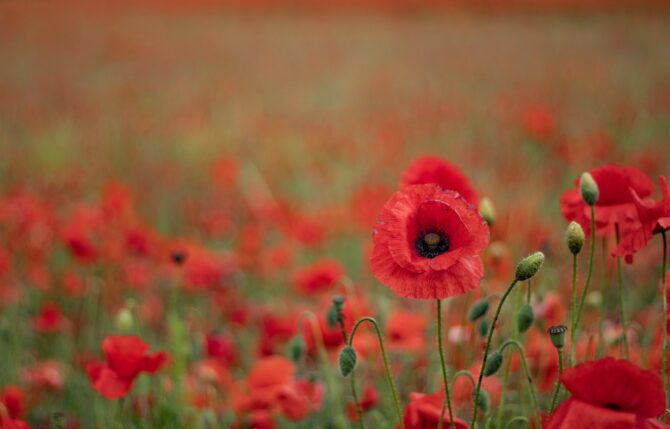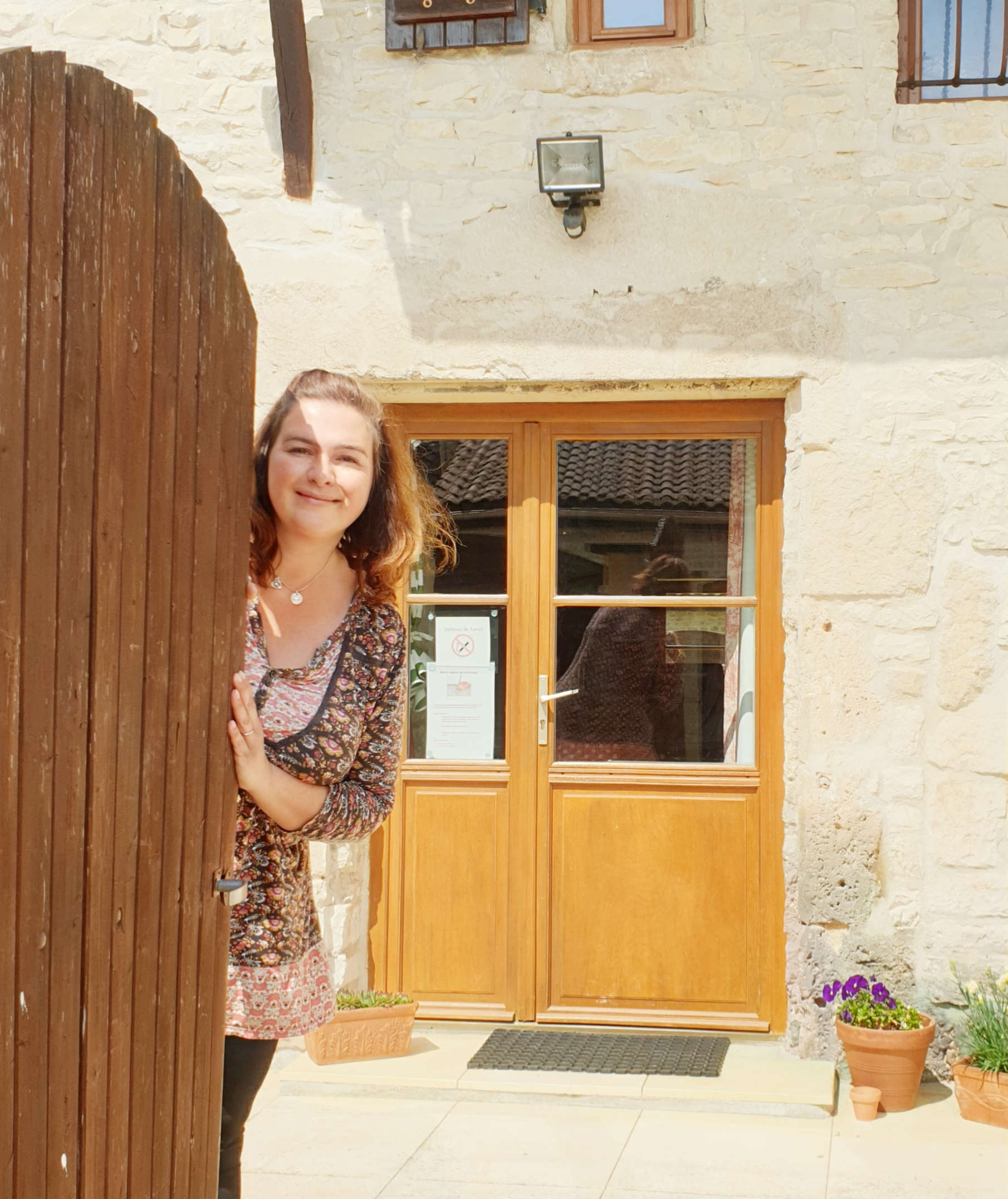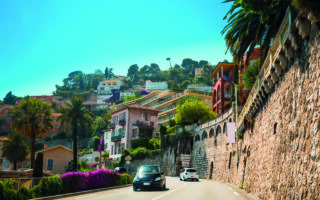What You Need to Know About Armistice Day in France
Essential Reading


The Armistice agreement was signed at Rethondes on November 11th 1918, and as we all know, is the date which marks the end of the First World War.
Amongst the Commonwealth countries, this historic and symbolic day has become more commonly known as Remembrance Day. This changed after World War Two in order to commemorate all those who gave service and sacrifice in all wars, conflicts and as a result of terrorism. In the United States, it is known as Veterans Day.
During the First World War, France lost a documented one million, four-hundred-thousand men and in total, eighteen million people lost their lives during this conflict.
The Tomb of France’s Unknown Soldier
The final resting place of France’s unknown soldier was decided on, after much debate, in 1920. Eight bodies were exhumed from major conflict sites, and one was chosen from Verdun. A ceremony took place in which a fictitious family walked behind the coffin, and his body was kept in vigil at the Salle des Palmes at the Arc de Triomphe until the time was ready for his burial.
In the evening, the Arc de Triomphe was illuminated. The final burial of the Unknown Soldier took place at the Arc de Triomphe in 1921.
The Flame of Remembrance
This was created in 1923 at the Arc de Triomphe and has never been extinguished since. Each evening, at 18.30 there is a service of remembrance for those who have died.
A public holiday or jour férié in France
Armistice Day is a national day of remembrance and a jour férié, so shops, schools, restaurants and businesses will be closed.
What happens in France to mark Armistice Day?
Our first experience of Armistice Day in France was an invitation to the service at the War Memorial held by the Maire in our children’s school village of Verdille in the Charente. I wore my black dress and formal coat, the family dressed smartly, and we all had our poppies on our lapels which had been knitted by the sewing group in our former village of Hurworth.
On arrival, we sensed we were over-dressed – our effort was hopefully appreciated and we think, naturally viewed as respectful. There was lots of interest concerning our poppies – in France, the symbolic flower is a “bleuet” which is a cornflower. I remember inwardly feeling as though I stood out like a sore thumb as the only British family from school. It was early days in France for us and I so much wanted to fit in. The school children took part in the ceremony, and I remember our daughter’s efforts with the National Anthem.
We too felt a strong sense of community and reflection – my husband and his family members have served and still do serve in the RAF. Even though I could not understand exactly what was said and I could not join in with the La Marseillaise, it was a shared moment that I will always remember.
There are services of Remembrance in every Commune throughout France and in every French city there is a military gun salute at 11am. Military Parades to war memorials are the same as those across Europe with world leaders present in Paris to lay wreaths and the Tricolore French National flag taking pride of place.
Given current world events, it is arguably more vital than ever that we learn from our common history and that the world and its leaders always remember them.
“Never again, plus jamais ca !”
Local Life in France
From shopping at the supermarket to sending a parcel at Post Office, finding your local dechetterie to who to call in an emergency—FrenchEntrée is here to help with every aspect of day-to-day living in France. Read our Essential Reading guides for advice on living in France, visit our Shopping zone or Pets zone, or brush up your language skills with our handy learning French resources.
Share to: Facebook Twitter LinkedIn Email
By Carol Paylor
Leave a reply
Your email address will not be published. Required fields are marked *



